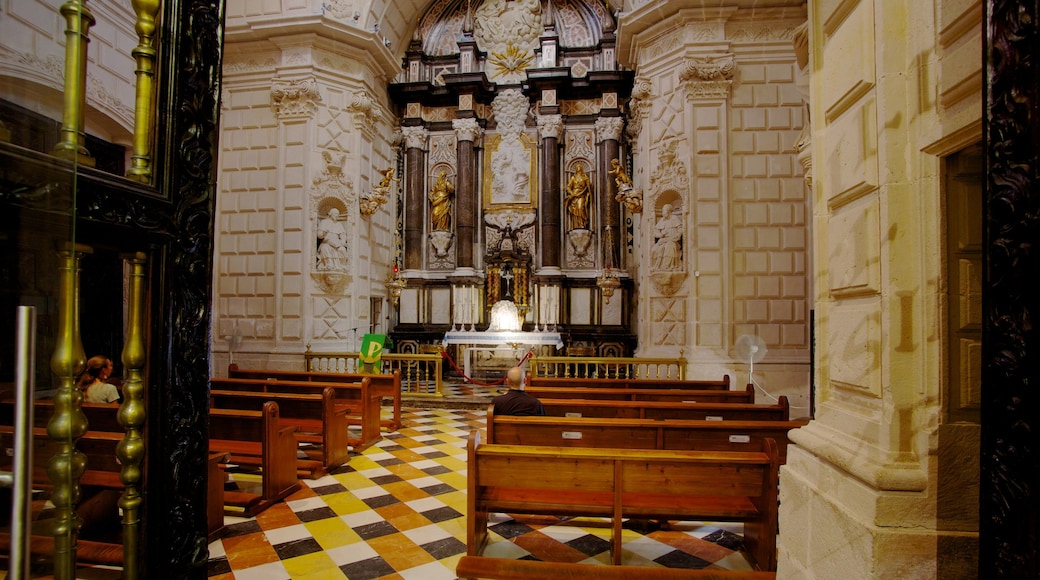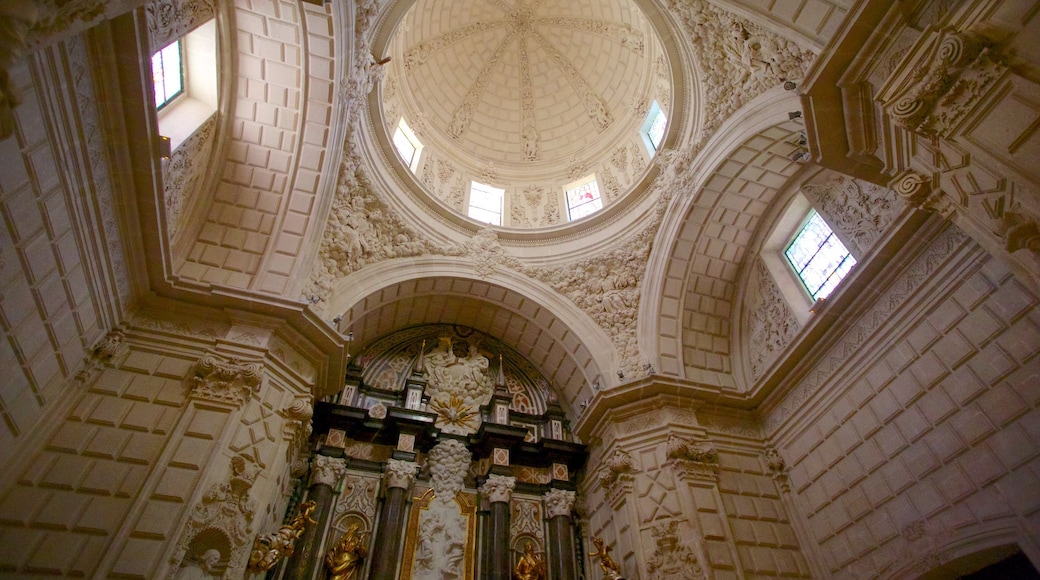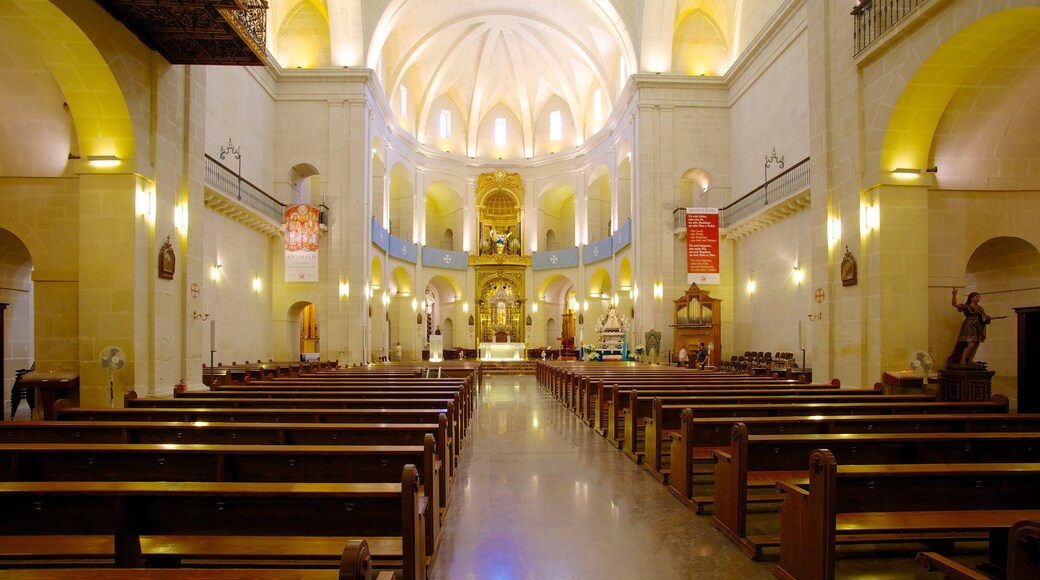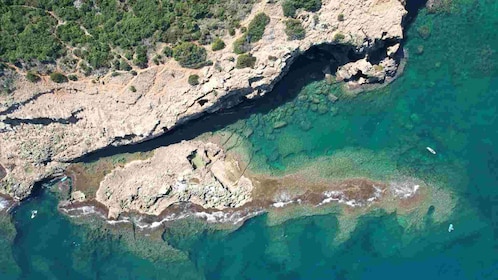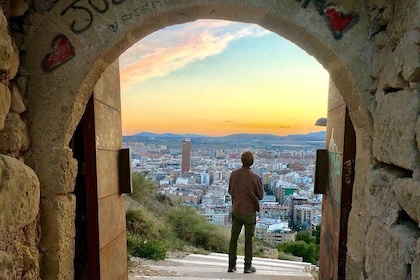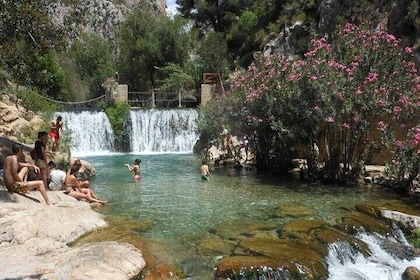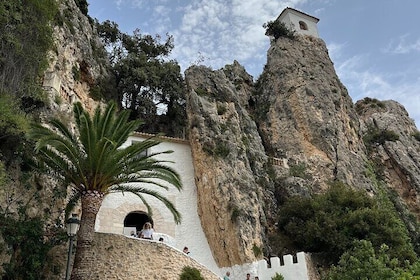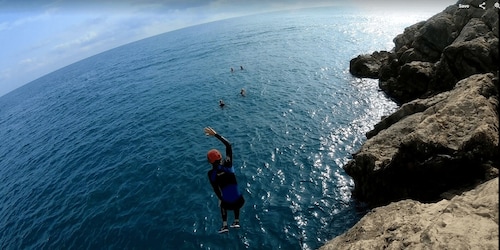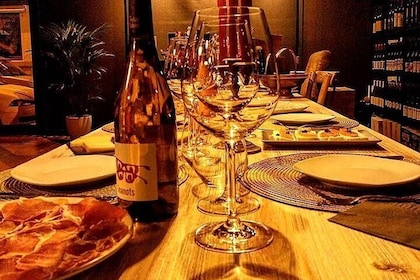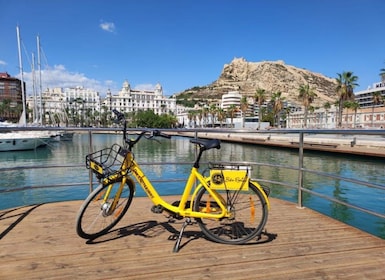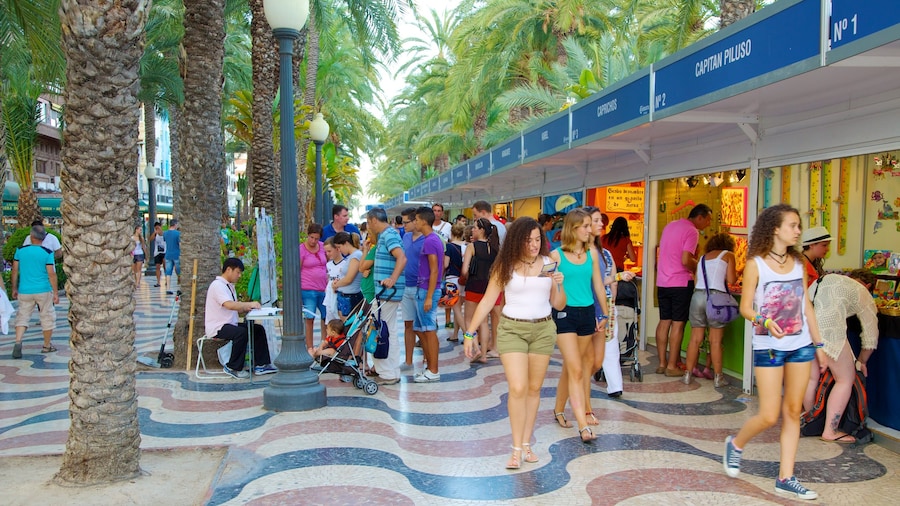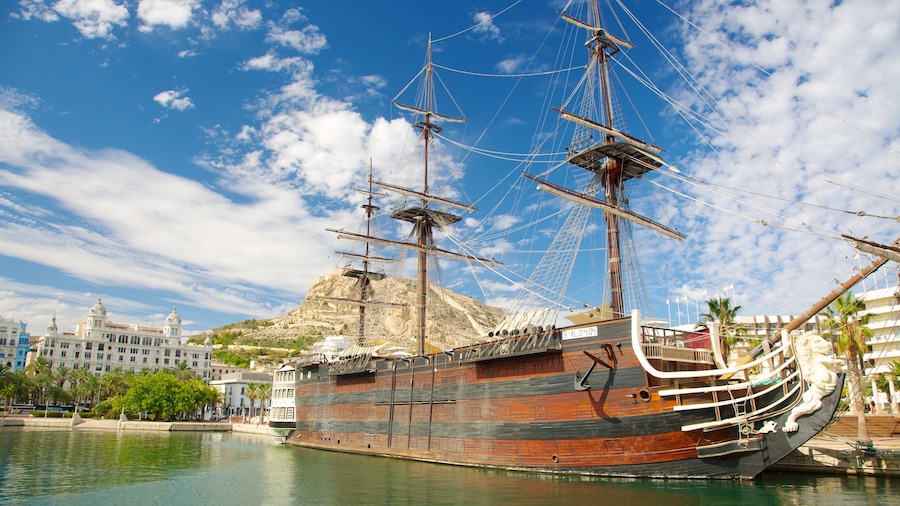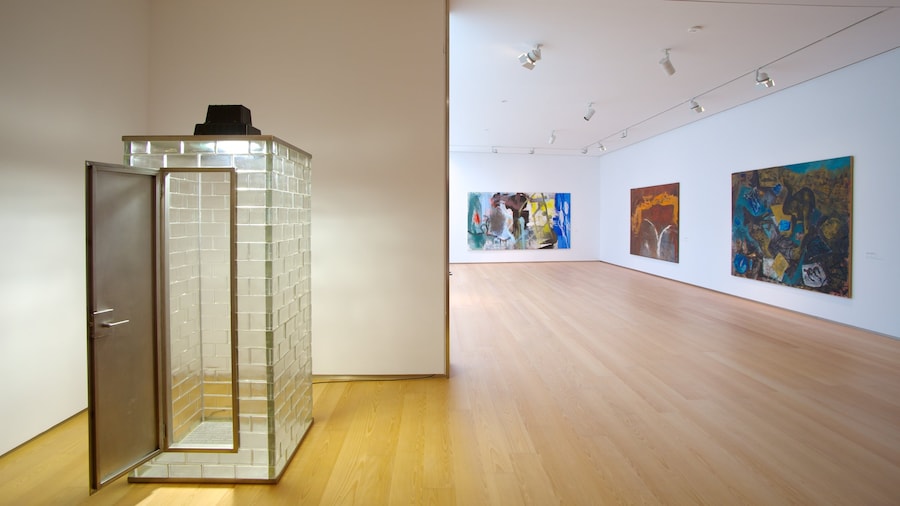Architecture enthusiasts will love this remarkable structure, famed for its light-filled baroque interior and blue-domed roof.
Alicante’s Old Town is full of remarkable structures, but it’s this 17th-century cathedral that is recognised around the world as one of the finest examples of Spanish baroque architecture. The impression is reserved rather than lavish. A visit to the cathedral is a sombre experience, free of the tourist trappings that many of the grand churches in Europe are known for. The church remains the seat of a Roman Catholic bishop, and is an important religious site for the people of Alicante.
From the outside, the church blends seamlessly with its surroundings. Many are unaware they’ve arrived at such a significant work of architecture. Its cream stone walls rise without flair from the small square on which it is built. However, before you walk inside, be sure to note the intricate carvings upon the stones of the wall and the stunning baroque decoration around the cathedral’s main entrance.
Once inside, visitors are often surprised at how light the building is. The sparse, white walls seem almost luminescent, particularly for a church. This is due to the large blue dome that acts as a light source above the nave. The 28-foot (45-metre) high dome is the most cherished feature of the church.
Explore the small chapels that extend from the nave or pay your respects at the altar dedicated to San Nicolas. The marble used on the steps that leads to the baroque altar was sourced from Genoa. Attend a service beneath the dome. Public services are held regularly a timetable is posted outside the cathedral.
San Nicolas Cathedral is located in Alicante’s Old Town and is best reached on foot. Trams serve the area, and parking can be found just outside the historic centre. The church is free to enter but visitors are advised to check opening hours, which are known to be sporadic.
